SUMMARY
This is AI generated summarization, which may have errors. For context, always refer to the full article.
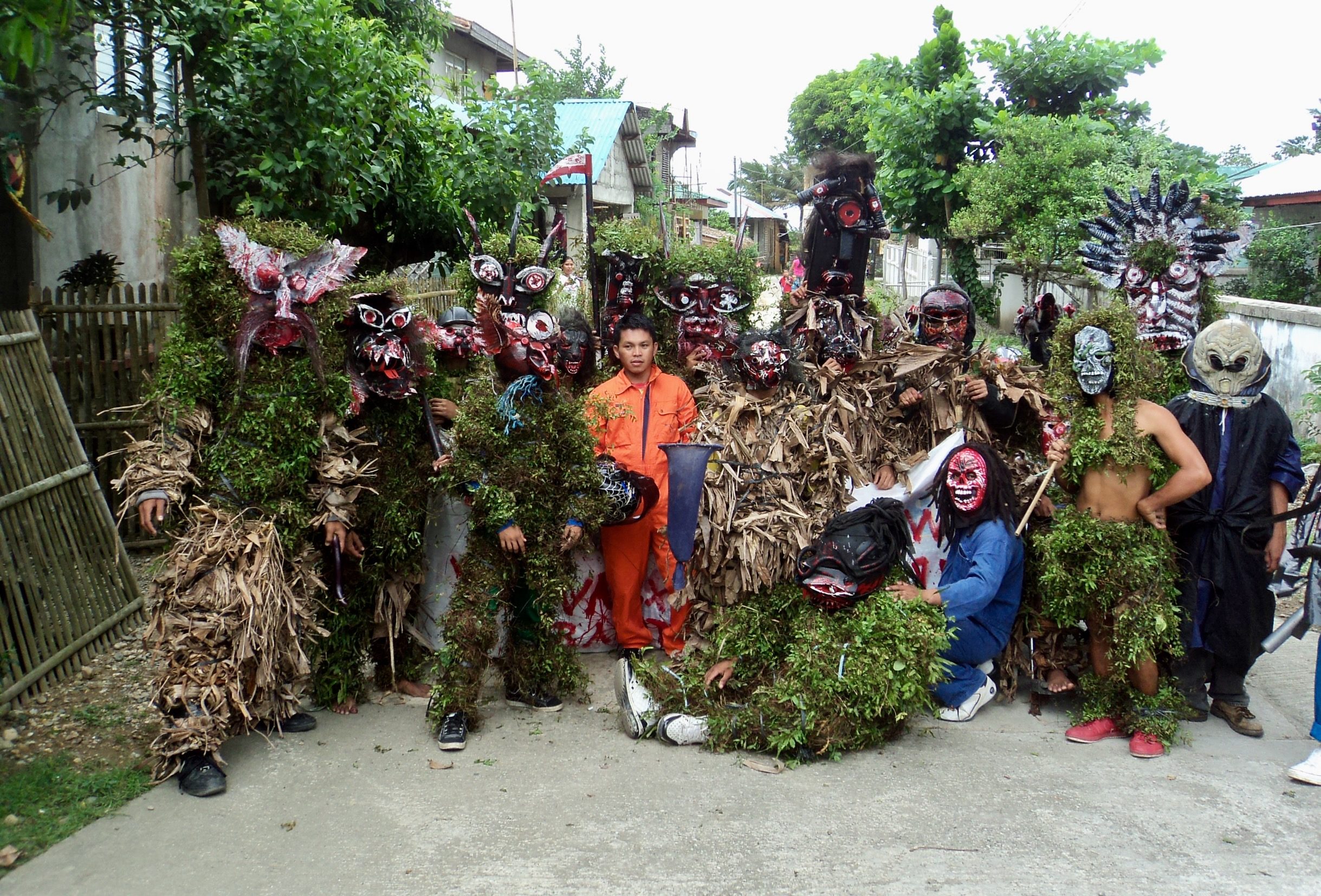
KALIBO, Aklan – Residents of Ibajay on the western side of this province are known for their religious devotion to the Child Jesus or the Sto. Niño. But for a century, some folks here take a break from piety every December 28, startling visitors and passersby with expressions of their “dark side.”

Tapping into their personal “demon” fantasies, residents strut around streets in various hues of red, showing off horns and tails, and brandishing makeshift pitchforks, axes, and Death’s scythe.
In 2020, the COVID-19 pandemic put a halt to this annual rite called the Yawa-Yawa Festival – yawa being the word for “devil” in most Visayan languages.
This time around, however, after a few weeks of zero cases and the province’s lifting of the ban on mass gatherings, subject to safeguards, a few residents ventured out on December 28 this year.
The revelers, wearing masks depicting beasts and otherworldly creatures, sang and danced to a repurposed Christmas ditty in Aklanon language.
“Sa langit wala ang beer, may beer walang sigarilyo,” they would sing.
(Heaven doesn’t have beer. When there’s beer, there are no cigarettes.)
It’s Christmas with a twist of Halloween, more an adult trick or treat than a grand parade. It’s like the yin to the yang of the Sto. Niño Festival celebrated every January, which is also called Ati-Atihan in a nod to the much older, animist celebration of the Aetas of Aklan.
Ibajay’s feast is more intimate than the lavish, tourist-drawing mega-production of Kalibo. The Yawa-Yawa Festival has the same quaint community atmosphere.
Not only do locals channel their inner demons, but their neighbors actually encourage antics and play-act sorrow and horror as imps filch laundry and household wares.
The “thieves” return their loot in return for cash or food gifts.
Dark origins

Behind the modern fun of Yawa-Yawa is a strange interpretation of the Catholic Feast of the Holy Innocents, also celebrated on December 28.
The day commemorates the massacre of children on orders by Herod, the Jewish king puppet to the Romans.
The Gospel of Matthew says Herod’s response to a prophesy of a new king rising was to order the massacre of all male babies under the age of two around Bethlehem, Christ’s birthplace. Jesus escaped when an angel warned his human guardian, Joseph, the husband of his mother, Mary, and the family fled to Egypt.
The late Rev. Fr. Emmanuele Mijares, who hailed from Ibajay, once told this author in an interview that the tradition originated from Barangay Maloco in Ibajay.
“People there started a tradition in the 1900’s when men dressed like evil creatures to supposedly ask their children not to be naughty and be well-behaved. But the tradition evolved into what it is now,” he said in an interview in 2019.
Herod, in the biblical tale, did not care if babies were nice or not.
The message of the Feast of the Innocents – Niños Inocentes – is actually the opposite of what Mijares tells us about the festival’s origin. But 300 years of Spanish secular and clerical rule in the country is replete with misinterpretations that glorify authority.
“The Catholic Church does not encourage nor condemn such annual activity because it is considered a tradition and is a purely lay-initiated move.” Mijares said.
“What is being discouraged by the Church is the practice of asking monetary reward. Also, the image of the Child Jesus or the Sto. Nino is not allowed to be used in any of the yawa-yawa tradition,” he added.
Mijares also recalled an incident involving a group of men dressed as devils who stole an image of Child Jesus and then asked the chapel to pay “ransom.”
But then, he said, “there were also those who collected money and donated it to the Church for the construction of their chapel in Barangay Maloco.”
Government concerns
The Church’s ambivalence is matched by government reluctance to formally endorse the Yawa-Yawa Festival.
In previous years, the festivities included groups stopping buses and cars on the national highway to ask for food or money. Village officials later discouraged the practice after residents of other towns and tourists complained of children getting traumatized by devil-costumed revelers.
Nino Miko Delfin, a resident of Barangay Maloco, was six years old when his father paid the yawa-yawa a sum to “kidnap” him.
“The kidnappers told me then to behave and as I promised to be nice, they then set me free,” he said.
It may have been fun to the adults but it scared the child. Delfin also recalled that the men in devil get-ups also took away the three pesos he had in a pocket.
The blurring of behavioral lines eventually led barangay officials in Argao, Malay to stop the tradition in 2012.
After laments by residents, both sides compromised, leading to the revival of the Yawa-Yawa but limiting it to street dancing. That didn’t quite fly and the festival there died the year after.
In Ibajay, however, residents have continued the feast, tempering it to prevent scaring off outsiders – and their own kids. Pandemic concerns have also stopped them from roaming across villages. Instead, neighbors go to their stations to watch the dancing, the singing, and the fantastical costumes. – Rappler.com
Add a comment
How does this make you feel?
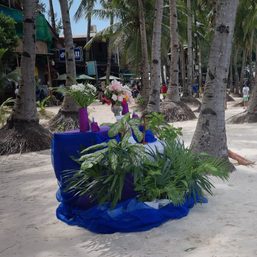
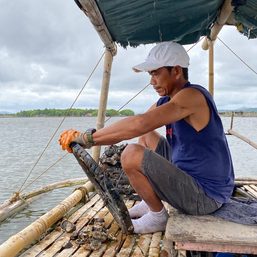
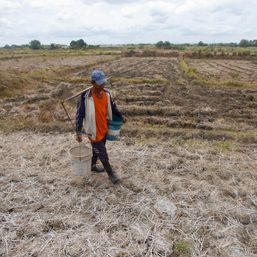
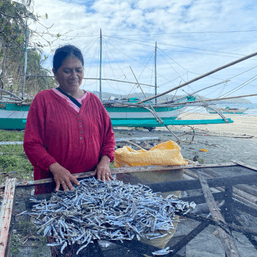
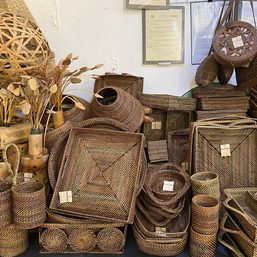



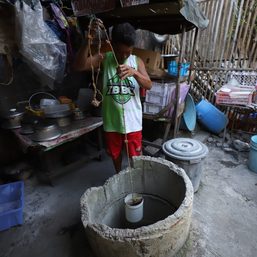
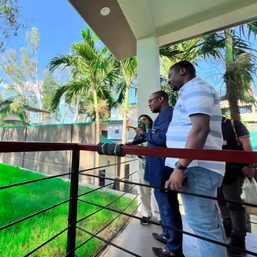
There are no comments yet. Add your comment to start the conversation.